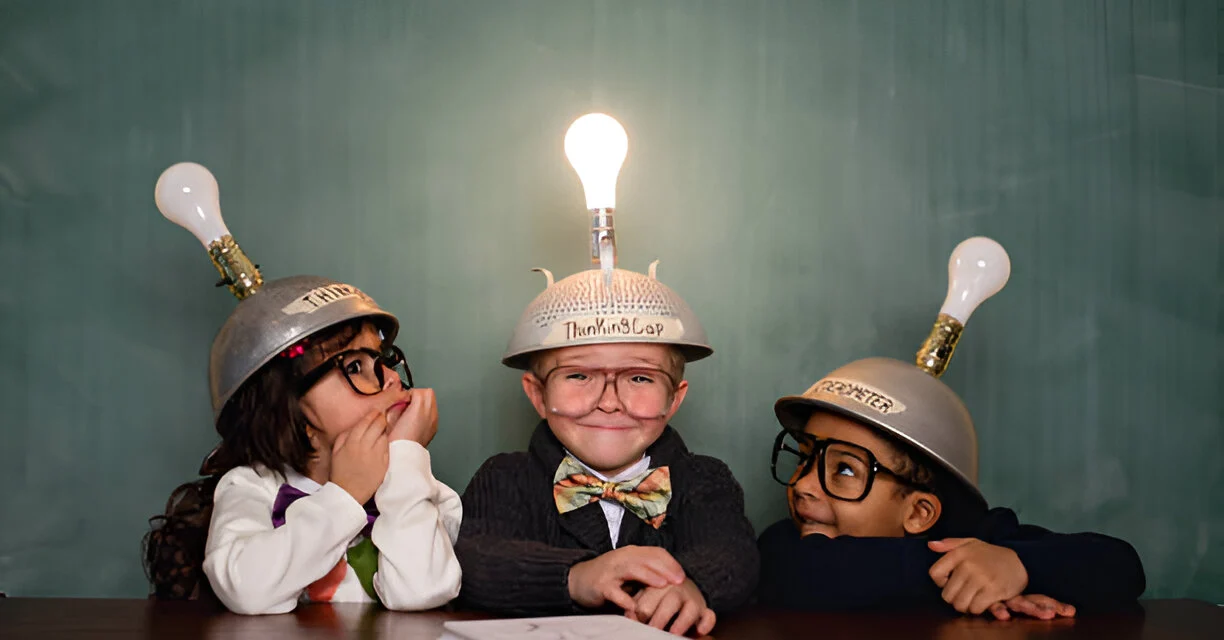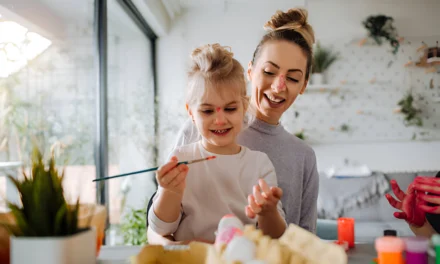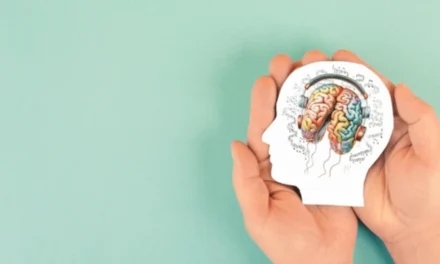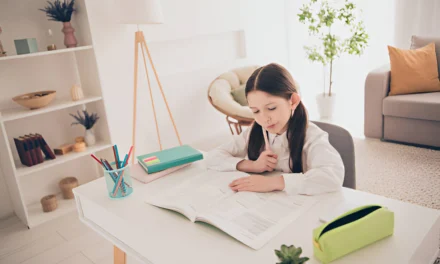Improving your child’s learning style can greatly enhance their education. People often have more than one learning style, but one or two are usually more dominant1. By recognizing and understanding your child’s main learning style, you can tailor their education to better suit them. Yet, it’s also key to expose them to different learning styles to foster a more balanced set of skills.
Key Takeaways
- Understand the different learning styles identified by the VARK model: Visual, Auditory, Reading/Writing, and Kinesthetic.
- Recognize the signs and characteristics of each learning style to identify your child’s primary preference.
- Adapt teaching methods and create a supportive learning environment tailored to your child’s learning style.
- Encourage a well-rounded approach to learning by exposing your child to various learning styles.
- Collaborate with teachers to align instructional strategies with your child’s learning preferences.
What is a Learning Style?
Learning styles mean different ways people learn and remember information2. The VARK model is well-known for categorizing learners into four main types: Visual, Auditory, Reading/Writing, and Kinesthetic3.
The VARK Model: Visual, Auditory, Reading/Writing, and Kinesthetic Learners
Visual learners like using graphs, diagrams, and pictures to learn3. Auditory learners do best with spoken words, like in lectures or talks3. Reading/Writing learners enjoy written texts and writing their thoughts3. Kinesthetic learners learn by doing things with their hands3.
Knowing these styles helps teachers and parents tailor their teaching2. But, it’s key to remember that people might mix these styles or not fit perfectly into one2.
The aim is to make learning fun and diverse for everyone2. By adapting to different learning styles, teachers can help students reach their best and love learning3.
Importance of Identifying Your Child’s Primary Learning Style
Knowing your child’s primary learning style is key to their success in school. About 65% of people learn best by seeing things, making them the most common type of learner4. Around 30% learn better by hearing, and 5% by doing4. By matching teaching methods to their learning style, you can boost their interest, effort, and grades.
Research shows that teaching in a way that fits a child’s learning style can improve retention by 15-20%4. It can also make learning more engaging, by up to 50%, creating a better learning space4. Kids who learn in a way that suits them tend to feel more confident and have higher self-esteem, by 25-30%4.
Understanding and matching education to a child’s learning style can lead to a 20-30% better academic performance4. This approach can help your child reach their full potential and do well in school.
The VARK Model: Visual, Auditory, Reading/Writing, and Kinesthetic Learners
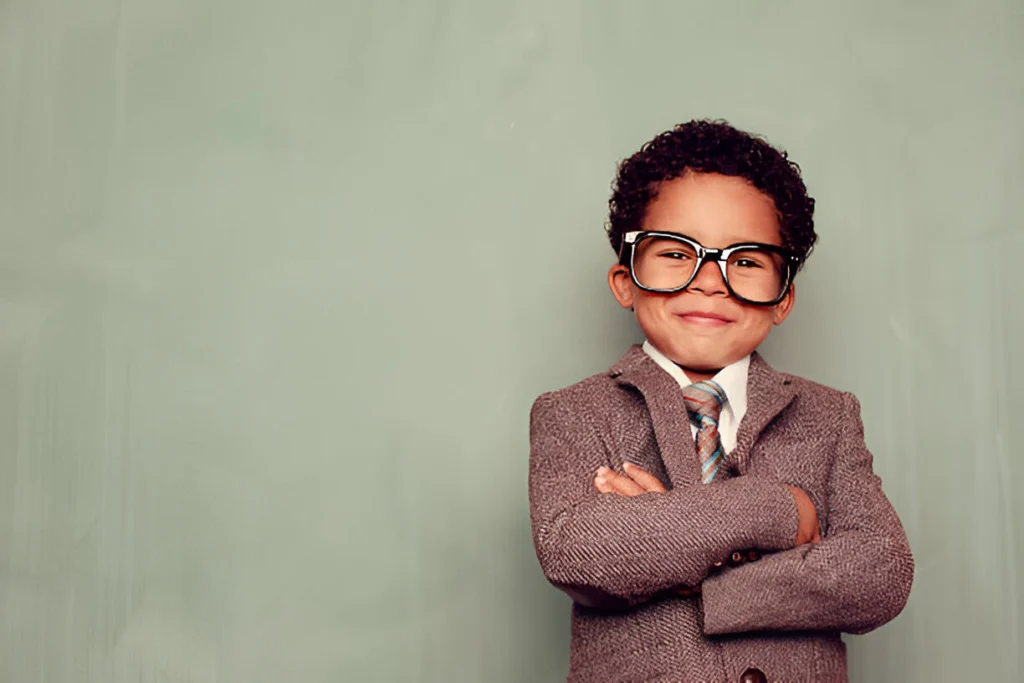
The VARK model helps identify four main learning styles: visual, auditory, reading/writing, and kinesthetic5. Auditory learners do well in discussions and reading aloud5. Kinesthetic learners learn best through hands-on activities6. Visual learners prefer diagrams and flowcharts to understand and remember information6. About 35% of students are read-write learners, a significant number in the classroom4.
It’s also important to remember that learning styles can overlap, and a child may have more than one5. Additionally, learning styles can evolve over time, so it’s good to expose children to different methods5.
“Understanding and applying a child’s primary learning style can significantly impact academic performance, reduce exam stress, and enhance overall productivity in children.”6
By watching how a child acts, solves problems, and expresses themselves6, you can figure out their main learning style. Tailoring teaching to fit this style can help a child reach their highest potential and succeed in school456.
Strategies for Visual Learners
Visual learners do best when they see information, like pictures or videos. Teachers and parents can use many ways to help them. This makes learning fun and easy for them.
Characteristics of Visual Learners
Visual learners are different from others. They remember pictures and diagrams better. Studies show that people remember 10-20% of what they hear after three days7. But, if they see it, they remember 65% after three days7.
Teaching Methods for Visual Learners
Teachers can help visual learners in many ways. They can use videos7, apps, and interactive tools7. These tools help with making flashcards, timelines, and puzzles7.
Mind maps and concept maps are great for organizing ideas7. Using colors can make studying more fun and help organize information7. Visual summaries and infographics are also helpful for learning and reviewing7.
By using these strategies, we can make learning fun for visual learners. This helps them do their best and succeed.
Strategies for Auditory Learners
Learning best when it’s spoken and through listening, auditory learners make up 25% of the population8. They do well by listening to audio, joining in discussions, and attending lectures. Tailoring lessons to fit different learning styles helps students succeed and boosts their confidence, a 2017 study shows8.
Characteristics of Auditory Learners
Auditory learners love listening and need repetition to understand9. They remember spoken words well and are good at sharing ideas9. They might find it hard in quiet places and enjoy talking9.
Teaching Methods for Auditory Learners
Teachers can use audiobooks, encourage talking, and use rhymes and mnemonics8. Methods like discussions, debates, and teaching others help a lot8. Tips include repeating information, recording classes, and using background music to keep things quiet8.
Knowing how to teach auditory learners helps teachers support them better in class9. By meeting their needs, teachers can make learning fun and inclusive for everyone9.
Strategies for Kinesthetic Learners
Kinesthetic learners love to get their hands dirty and learn by doing10. They learn best when they can touch and feel the material10. To help them, we need to add fun, hands-on activities and experiments to their lessons.
Characteristics of Kinesthetic Learners
These learners do well in subjects that let them use their bodies10. They are often very active and like to handle things11. They remember things better by doing them, not just by listening or reading11.
Teaching Methods for Kinesthetic Learners
- Use hands-on activities like experiments and role-playing10.
- Let them move around during lessons to stay focused11.
- Plan field trips and outdoor lessons for real-world learning11.
- Include art and creative projects for physical expression10.
- Use rhythms to help them remember and understand better12.
By changing how we teach, we can help kinesthetic learners succeed10. Using all their senses and moving around helps them learn and remember better10.
| Learning Style | Preferred Learning Method | Ideal Careers |
|---|---|---|
| Kinesthetic | Hands-on activities, experiments, demonstrations | Trades, healthcare, sports, creative arts, engineering |
| Visual | Diagrams, charts, written content | Design, architecture, fashion, art |
| Auditory | Lectures, discussions, audio recordings | Public speaking, music, law |
Knowing how your child learns best can make learning more fun and effective10. Building respect and equality in your relationship is also key for a supportive learning environment.
Adapting to a Blend of Learning Styles

In education, a one-size-fits-all approach doesn’t work. Many children don’t fit perfectly into just one learning style. They might have a mix of styles. As a parent, it’s key to be flexible and try different teaching methods. This helps find what works best for each subject and your child’s unique needs13.
Using a variety of resources and activities can help your child learn well-rounded. This includes visual aids for visual learners, audio for auditory learners, and hands-on for kinesthetic learners13. By making learning fun and engaging, you can help your child succeed and reach their full potential.
- Visual learners do well with imagery and visual aids in lessons13.
- Auditory learners benefit from audio elements, like talking with peers or listening to stories13.
- Reading and Writing learners learn best through reading, written instructions, and summarizing13.
- Kinesthetic learners do great with hands-on projects, experiments, and interactive activities13.
Adapting to a blend of learning styles needs a flexible and creative approach13. By using different teaching methods, you can meet your child’s unique learning needs. This fosters a love of learning and a well-rounded education14.
Success comes from identifying your child’s primary learning style and being open to a blend of styles14. This approach unlocks your child’s full potential. It prepares them for lifelong learning and academic success14.
“Adapting to a blend of learning styles is not just a best practice, but a necessity in today’s diverse educational landscape.”
Creating an Engaging Learning Environment
Creating a Engaging Learning Environment is key for your child’s learning. Make sure the room is well-lit, organized, and has the right tools. Studies show that 75% of students do better when they feel heard15. Let your child help design their study space.
Build a Supportive Learning Environment with positive feedback. Research shows positive reinforcement is the best motivator15. Celebrate your child’s wins and give feedback in a positive way. About 65% of students do better with positive feedback15.
Make the learning space fit your child’s needs and likes. 80% of students learn better with methods that fit them15. Offer different seating, like standing desks or bean bags. Add your child’s interests to make them feel involved.
90% of teachers say the classroom space affects learning15. Keep it tidy and full of resources. This helps your child stay focused and motivated.
Building strong relationships is key for a great Engaging Learning Environment. 95% of successful teaching comes from positive relationships15. Talk openly, listen to your child, and build trust. This makes your child feel valued and improves their learning.
Observing Your Child’s Learning Preferences
Figuring out your child’s learning style is key to their success in school16. Learning styles include visual, auditory, tactile, and reading/writing16. Watching how your child behaves and solves problems can show you what they prefer16.
Notice how your child likes to learn. Do they like pictures and diagrams17 or do they prefer listening to information17? Knowing this can help make learning more fun and effective for them16.
Working with teachers and others can give new insights into your child’s learning style16. Using tests and questionnaires can also give more detailed information16. By understanding their learning style, you can create a learning space that meets their needs16.
It’s best to mix different learning methods16. For example, videos for visual learners and podcasts for those who like to listen16. This way, your child can learn in a more complete and engaging way16.
Understanding your child’s learning style is just the start16. Working with teachers, creating a supportive home, and adjusting your parenting can help them succeed16. As education changes, it will become even more personalized, helping each student reach their full potential16.
Collaborating with Teachers on Learning Style
Working closely with your child’s teachers is key to supporting their learning style. Open communication helps you share what you’ve noticed about your child’s learning habits. It also lets you learn about the teaching methods used in class18.
Together, you and the teachers can find the best teaching methods for your child. This makes learning both at school and at home more personalized and supportive19. This teamwork ensures your child’s education meets their unique needs and helps them reach their full potential20.
If your child learns best by seeing things, you can ask teachers to use more visual aids like diagrams and videos20. On the other hand, if they learn by doing, suggest more hands-on activities and interactive lessons20.
It’s important to keep talking with your child’s teachers regularly. Share your insights and adjust the learning plan as needed. This way, your child’s learning style is recognized, valued, and supported, leading to success in school and a love for learning18.
| Learning Style | Percentage of Student Population |
|---|---|
| Visual Learners | 65% |
| Auditory Learners | 20% |
| Kinesthetic Learners | 15% |
It’s vital to understand and meet the different learning styles of students for effective teaching20. By working with teachers and using a variety of teaching methods, you can tailor your child’s education to their needs. This sets them up for success in the long run20.
“Effective teaching is about creating connections, not just content delivery.”
Remember, teachers are important partners in your child’s education. Collaborating with them on learning style and teaching methods can greatly help your child reach their potential19.
Learning Style
Finding out your child’s learning style is key to making their education fit them. Learning styles can be passed down from. It’s vital to watch your child closely and not guess their style21. There are many learning styles, so finding your child’s main one is important21.
The VARK model helps identify four main learning styles: visual, auditory, reading/writing, and kinesthetic22. Visual learners like seeing things like maps and charts21. Auditory learners do best when they hear information21. Reading/writing learners learn best through words21. Kinesthetic learners learn by doing things hands-on21.
Getting advice from teachers and caregivers can help you understand your child’s style. Things like how they process information and their motivation also matter21. By knowing your child’s learning style, you can make their education more enjoyable and lifelong21.
Embracing Your Child’s Unique Learning Journey
Every child is special, and their Unique Learning Journey is a big part of their education. By understanding and Embracing Learning Style, you can make learning fun and effective for your child. Be open, keep them interested, and offer many resources to help them grow.
Knowing how your child learns best is crucial for their success. Some kids learn best by seeing things, like diagrams and charts23. Others do well by listening, like in discussions and presentations23. Some kids learn by doing, like through hands-on activities23, and others by reading and writing23.
Supporting your child’s learning style makes learning more fun and effective23. Different styles need different teaching methods and tools23. Adding real-life examples to learning helps kids understand and remember better23. Working with teachers to match learning strategies to your child’s style is key23. Creating a supportive learning space at home helps them learn better23.
Many kids use more than one learning style, and their preferences can change over time23. No style is better than another; each has its own strengths23. As kids grow, they may develop new or multiple learning styles23.
By embracing your child’s Unique Learning Journey and Embracing Learning Style, you can create a supportive learning space. This space empowers them to achieve their best. Every child is unique, and with the right support, they can excel in their education.
Conclusion
Knowing and adjusting to your child’s learning style is the key to unlocking their academic potential. By figuring out if they learn best through seeing, hearing, or doing, you can make learning fun and effective. Studies show that teaching to each student’s style doesn’t always boost scores24. But it helps in studying, talking, and choosing classes24.
Many people learn best by seeing and hearing24. Visual learners do well with pictures and videos24. Kinesthetic learners, on the other hand, learn by doing and seeing things in action24.
By embracing your child’s unique learning journey, you can give them a well-rounded education. Knowing their growth stages and how to avoid power struggles helps too25. It’s also key to communicate clearly and calmly25.
Don’t just stick to one way of learning for your child. Use their style as a starting point for growth24.
The key takeaways are clear: by tailoring your teaching to your child’s learning style, working with teachers, and making learning fun, you can unlock their full potential. Embrace their unique journey and watch them succeed.

